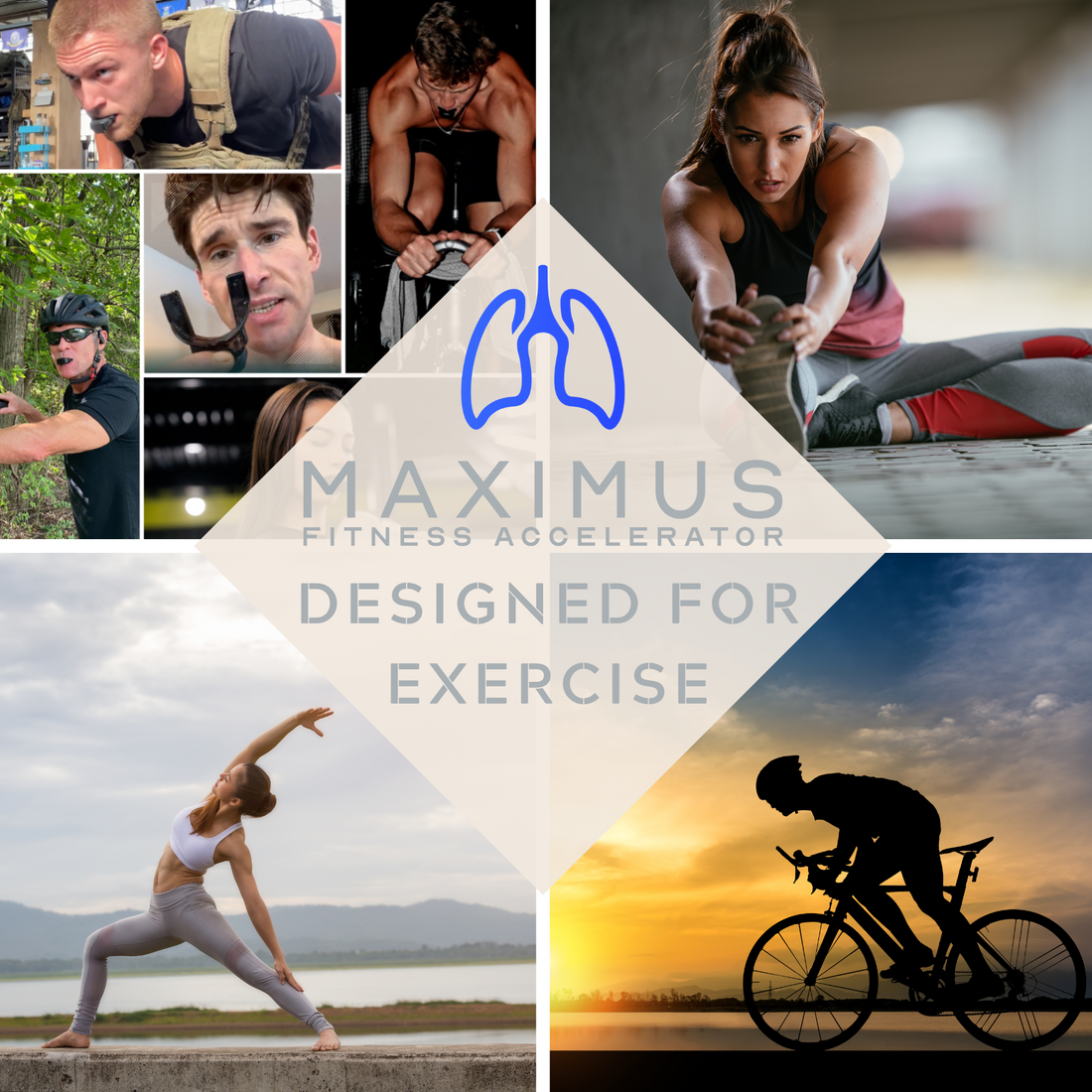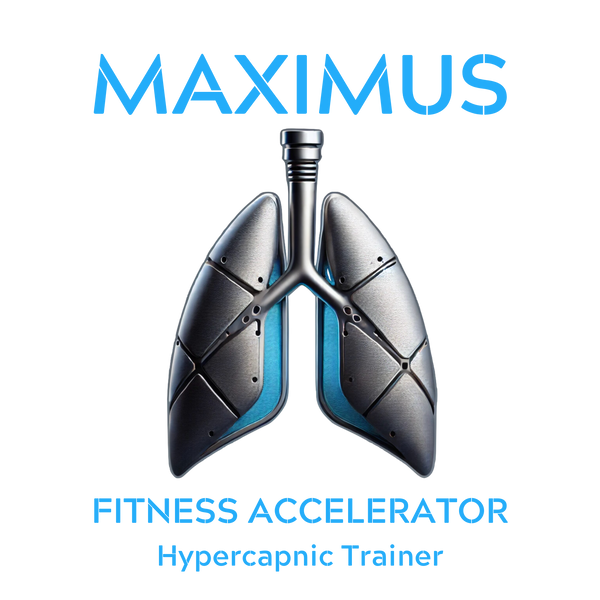
Do Respiratory Muscle Training (RMT) Devices Enhance Athletic Performance
Share
As a former NFL player and trained fitness enthusiast, I get a lot of questions about RMT devices and how they can improve athletic performance. The simple answer is yes; they can improve both aerobic and anaerobic thresholds. However, to effectively increase one's overall athletic performance, we look at the science behind RMT, understand how to use RMT devices properly, and review how to set realistic expectations and timelines for achieving performance improvement results.
The science behind Respiratory Muscle Training (RMT) devices date to the early 1980s. Over the past 40 years, numerous medical studies have proven Respiratory Muscle Training can improve lung function, strength, and efficiency in medically sick patients. Over the recent 20 years, research evidence shows that RMT can increase both aerobic and anaerobic capacity. One study from the University of Alabama Department of Medicine, "Recent advancements in our understanding of the ergogenic effect of respiratory muscle training in healthy humans: a systematic review," looked at the effects of resistive breathing device training. Respiratory muscle training (RMT) has proven an effective ergogenic aid for sports performance. RMT has been documented to improve performance in various exercise modalities including running, cycling, swimming, and rowing."
How does RMT work?
Respiratory Muscle Training (RMT) devices provide resistance breathing to improve the function of the respiratory muscles, lung efficiency, and lung volume through specific breathing exercises. When using an RMT breathing trainer, you restrict airflow into and or out of the lungs, creating a much greater load on your cardiorespiratory system. RMT enhances performance by improving respiratory muscle endurance and strength while maximizing vital lung capacity. Recent research favors combining inspiratory and expiratory RMT.
Scientific studies reveal evidence that respiratory muscle training (RMT) improves oxygen uptake, VO2max, ventilatory efficiency, improving aerobic fitness. Respiratory Muscle Training usage was also shown to improve the blood flow to exercising limbs, improving exercise capacity and endurance. Restricting airflow into and out of the lungs requires the muscles surrounding the lungs to work harder to keep up with the increasing need for oxygen. As you strengthen these muscles, your athletic performance increases. An athlete's airflow is unrestricted during regular exercise or when playing sports. Thus, using an RMT device during practices or conditioning allows any athlete to gain greater aerobic, anaerobic capacity improving athletic performance when not using the device on game day. Stronger respiratory muscles lead to greater aerobic capacity V02 max and increased lactate threshold.
Proper Use
Using any RMT device properly to get the maximum benefit is essential. Like any other training tool, improper use can lead to poor results or, even worse, cause physical harm to a person. There are only a few RMT devices that can be used during exercise. Only one RMT device affords dual breathing resistance, both inhaling and exhaling, for maximal performance gains. As with other training modalities, overusing RMT can cause overtraining, leading to poor training results. An ideal sports performance RMT device will be adjustable and be made of high-quality materials to withstand heavy use by athletes in all types of sports. The device should be comfortable, easily employed, and adjusted during exercise. Most traditional medical RMT devices require them to be held by the user and thus cannot be used during exercise training. Only sports performance Respiratory Muscle Trainers (RMT) should be employed during exercise. Use caution to avoid contact sports or activities where you could potentially impact other athletes that could cause injury during use.
Achieving Results
MAXIMUS device was developed specifically for use in a broad athletic audience based upon this research, "Effects of Respiratory Muscle Training on Performance in Athletes."
Here is research that proves RMT devices, when used at high intensity, provide an increase in Lactate Threshold. "Influence of Inspiratory Muscle Training of Various Intensities on The Physical Performance of Long‐Distance Runners." This research provides further evidence that using RMT devices during high intensity, which when used during exercise, provides very high intensity, improving both strength and endurance.
Device use frequency and duration will determine the strength and endurance results that an athlete will gain. As with most exercise routines, one should frequently use at lower intensities, gradually increasing resistance and time of use over weeks and months.
In conclusion
The scientific research on Respiratory Muscle Training (RMT) works to improve athletic performance. Take it from me, someone who has invested over 24 years as a biotech executive studying the human body and a former NFL player; competition drives athletes to continually seek new ways to gain an edge over their fellow competitors. RMT breathing trainers, like the MAXIMUS RMT device, can help you achieve improved athletic performance.
